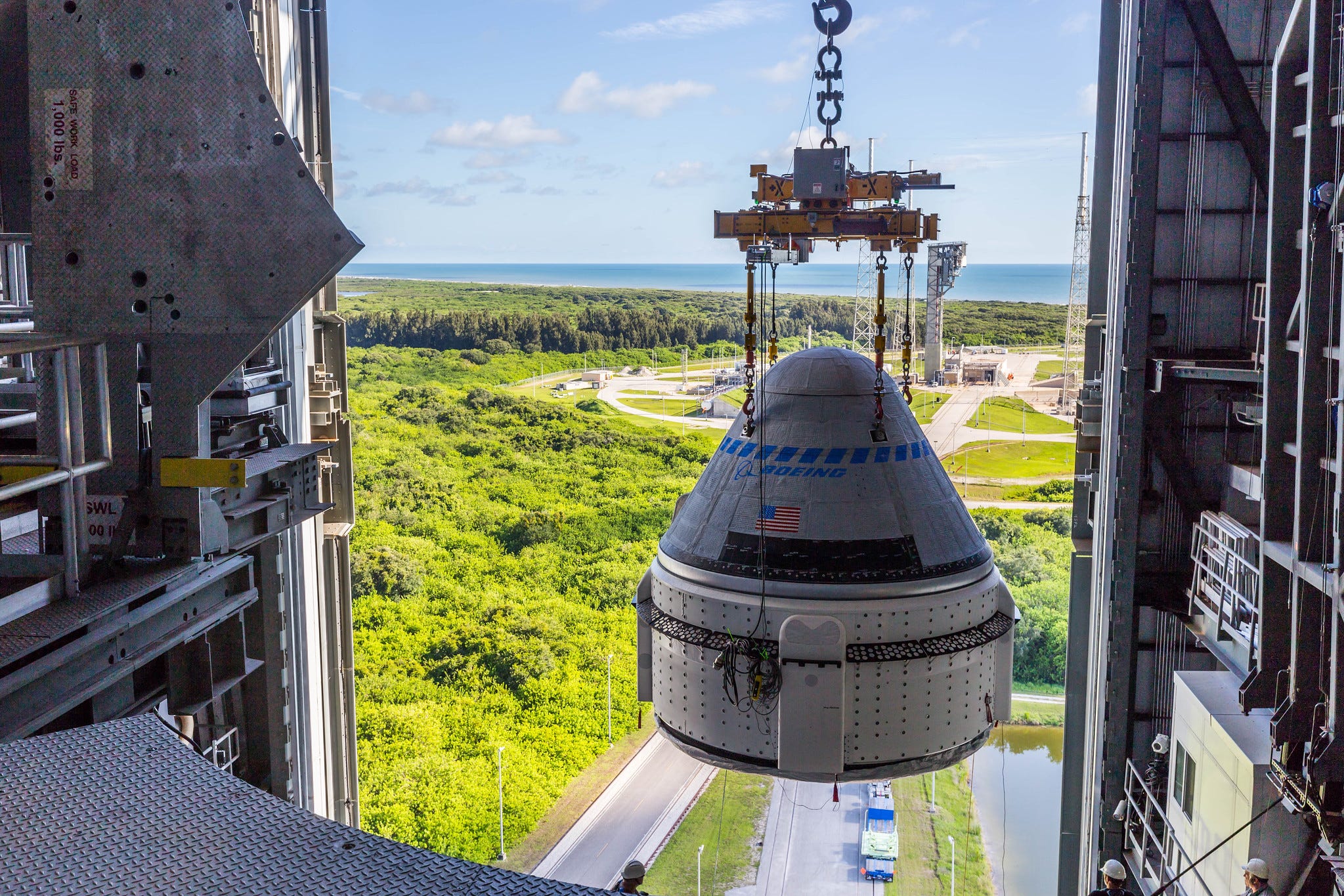
Since 2000 humanity has had a constant presence of individuals orbiting the Earth onboard the International Space Station. With the rise of commercial opportunities to reach for the stars, and other nations begin their crew launch programs, when is the next crewed launch?
When is the next crewed launch?
The next launch that will carry a crew to space will be SpaceX’s Crew-3 mission for NASA’s Commerical Crew program on October 31st.
Crew
- Raja Chari (Spacecraft Commander, NASA)
- Thomas Marshburn (Pilot, NASA)
- Matthias Maurer (Mission Specialist 1, ESA)
- Kayla Barron (Mission Specialist 2, NASA)
This next crewed launch to space will be a crew rotation mission for NASA’s Commercial Crew Program. The service will be provided by SpaceX, launching their Crew Dragon spacecraft on top of a Falcon 9 rocket. This will be the company’s fifth crewed flight and third operational mission with NASA. The spacecraft the crew flies in will be a brand new capsule named Endurance.
Operational crewed launch vehicles
There are currently five operational vehicles capable of launching to space. Historically, all spacecraft have been owned and operated by the nation’s space agency, but we are currently seeing a rise in spacecraft built and operated by private companies like SpaceX, Virgin Galactic, and Blue Origin.
Roscosmos’ Soyuz
The longest-operating spacecraft of the group, Russia’s Soyuz spacecraft, dates back to the Space Race between the Soviet Union and the United States. Since it first launched back in 1967, the Soyuz spacecraft has launched 146 crewed missions. The Soyuz spacecraft can hold up to three crew members.
SpaceX’s Crew Dragon
The newest orbital crew spacecraft to come online, SpaceX’s Crew Dragon, is built off of the company’s cargo ship used by NASA to resupply the International Space Station. With a standard crew size of four, but room for seven, Dragon was the first spacecraft to send humans to orbit by a private company. Currently, the spacecraft is used for NASA ISS crew rotations and is open to private missions. Crew Dragon has launched a total of four crewed missions.
China’s Shenzhou
Designed similarly to Russia’s Soyuz spacecraft, China’s Shenzhou currently services the nation’s Tiangong space station. The capsule first launched in 1999 with the first crewed mission in 2003, making China one of three nations with independent human spaceflight capability. In total, Shenzhou has launched seven crewed missions.
Operational suborbital crewed launch vehicles
Virgin Galactic SpaceShipTwo
Virgin Galactic’s SpaceShipTwo has been launching for years but only just recently launched its first passenger spaceflight. For those that can afford it, it offers a short flight up to space and back. The spaceplane launches from a carrier aircraft and gives its customers a couple of minutes of weightlessness. SpaceShipTwo has launched one passenger mission with its second in the coming months.
Blue Origin New Shepard
Another rocket launching for a while, just uncrewed, is Blue Origin’s New Shepard. Designed as a more conventional rocket, New Shepard gives customers a similar amount of time of weightlessness but reaches about 20 km higher than Virgin Galactic’s spaceplane. In total, Blue Origin has launched one crewed New Shepard, but the NS-18 mission is up next.
Crew vehicles in development
Boeing CST-100 Starliner
The problem child of new orbital spacecraft, Boeing’s CST-100 Starliner won the same NASA contract SpaceX did for crewed launches to the ISS. Still, Boeing has yet to perform a fully successful Orbital Test Flight mission. As a result, we are not expecting to see Starliner launch again until early 2022.

Virgin Galactic’s SpaceShip III
Still in development, SpaceShip III will replace Virgin Galactic’s SpaceShipTwo vehicle for crewed launches. Not much is known about this variation, but it’s assumed to be a major improvement from its predecessor.
SpaceX Starship crewed variant
Also still in development, SpaceX’s Starship rocket needs no introduction. The fully reusable rocket that dwarfs any modern rocket design is getting ready for its first orbital launch attempt in South Texas. Eventually, Starship will be used to land a crew on the Moon for NASA’s Artemis program and begin colonizing Mars.
Roscosmos’ Orel project
A lot is still unknown about this project, but it is believed to be developing Russia’s next crew spacecraft – a replacement for the historic Soyuz. Possible milestones for first launches are in 2023 or 2024.
Sierra Space DreamChaser
For years Sierra Space (the space division of Sierra Nevada Corp.) has stated plans to turn their DreamChaser vehicle into a crew spacecraft. While the cargo version is nearing completion in its development, a crewed variant is likely very far away.
Previous crewed launch to space
Blue Origin’s NS-18 sub-orbital mission launched on October 13 and carried with it 2 paying customers along with a representative from Blue Origin and Star Trek icon William Shatner. The company’s second crewed launch and 18th consecutive launch of a New Shepard rocket.
- Dr. Chris Boshuizen
- Glen de Vries
- William Shatner
- Audrey Powers
Want to help support Space Explored?
Shop on Amazon to support Space Explored writers
Directly support Seth by becoming a member of their Patreon.
Enjoy reading Space Explored?
Help others find us by following on Apple News and Google News. Be sure to check us out on YouTube, Twitter, Facebook, and Instagram, join our Discord!
FTC: We use income earning auto affiliate links. More.
Comments